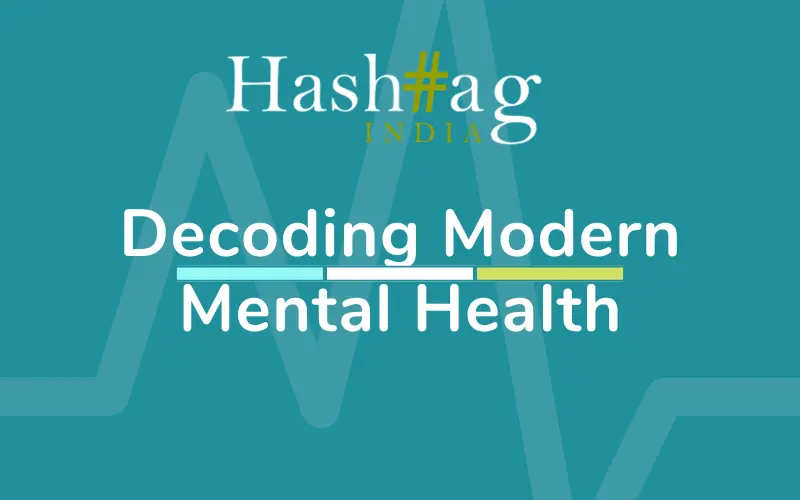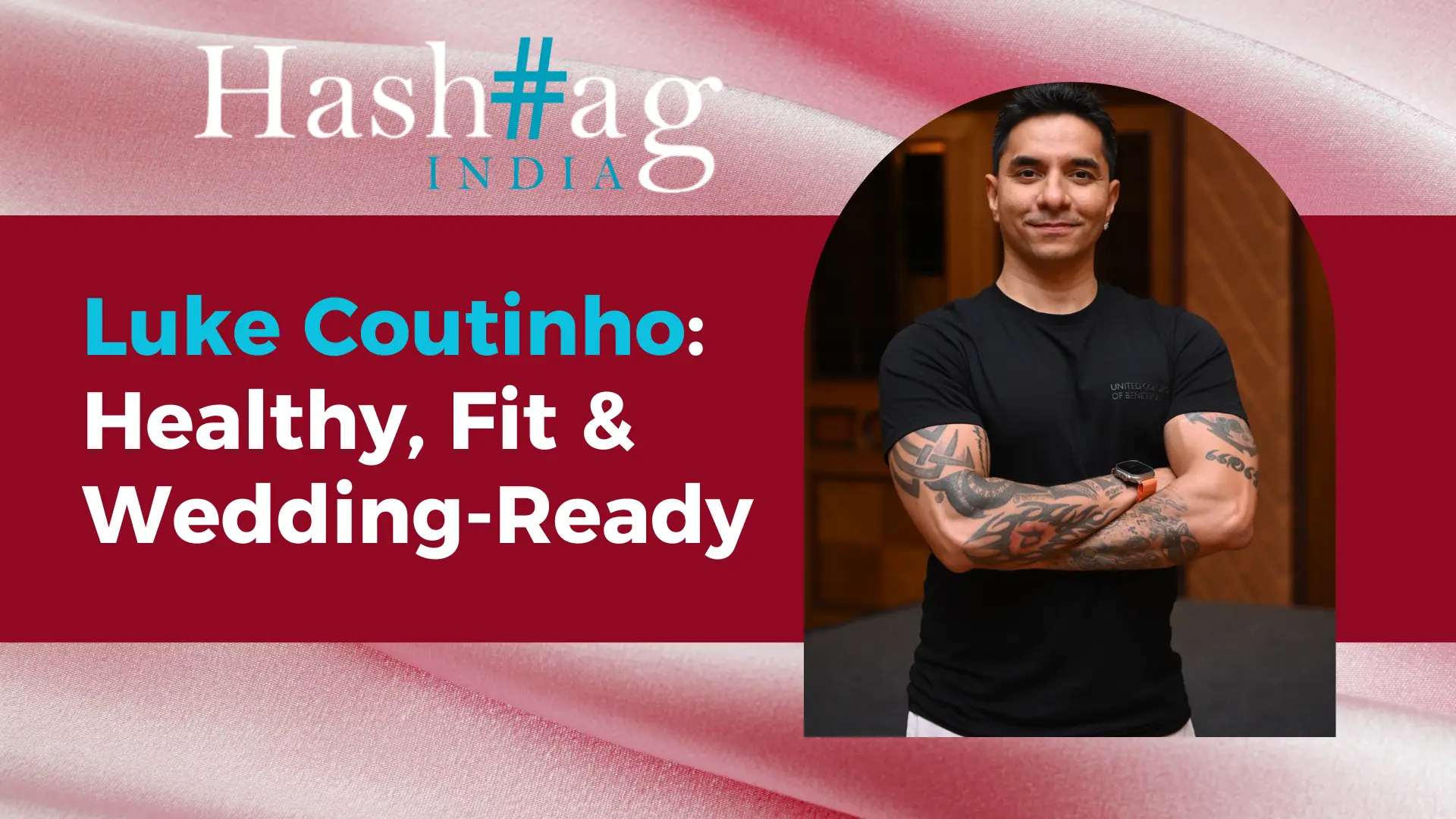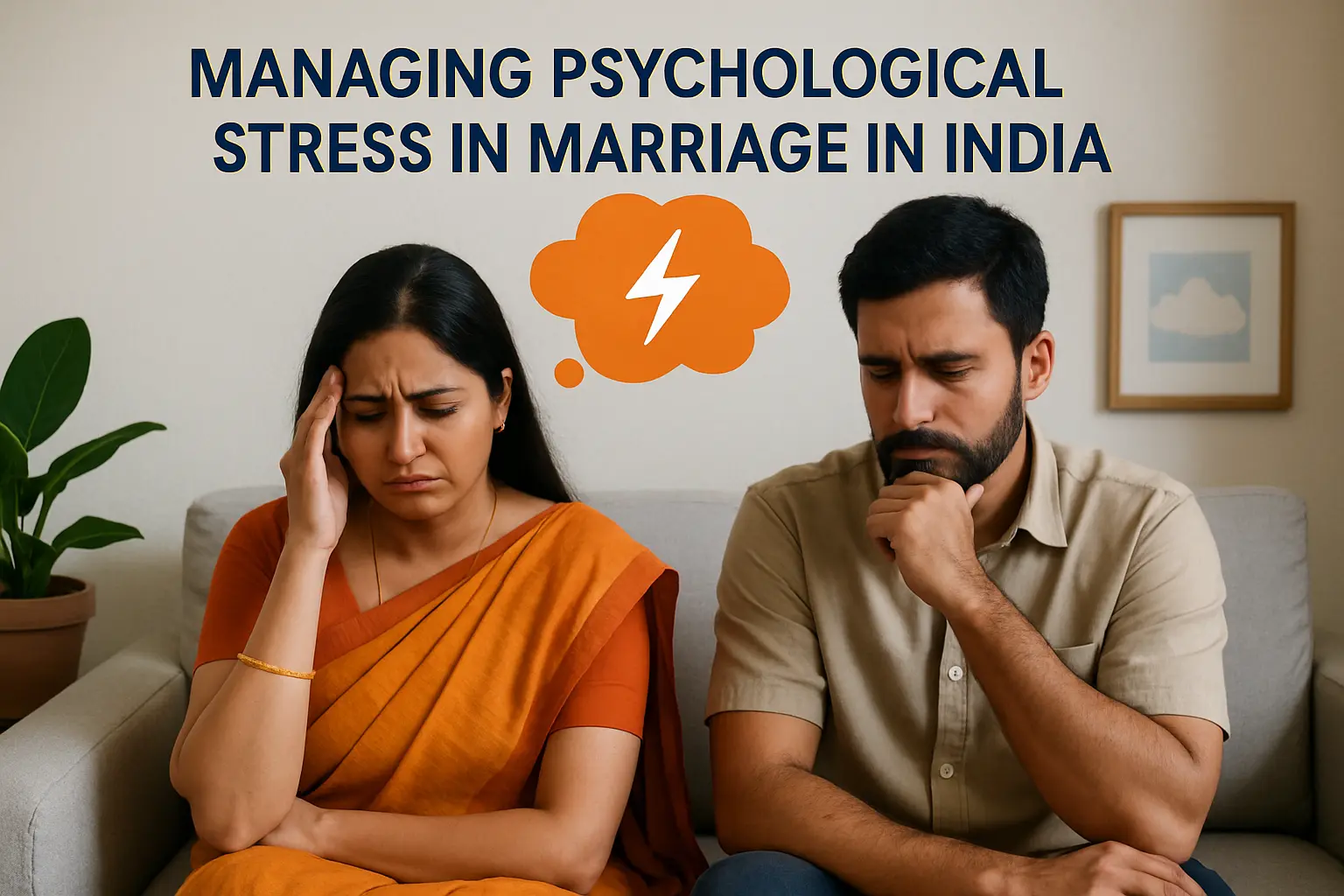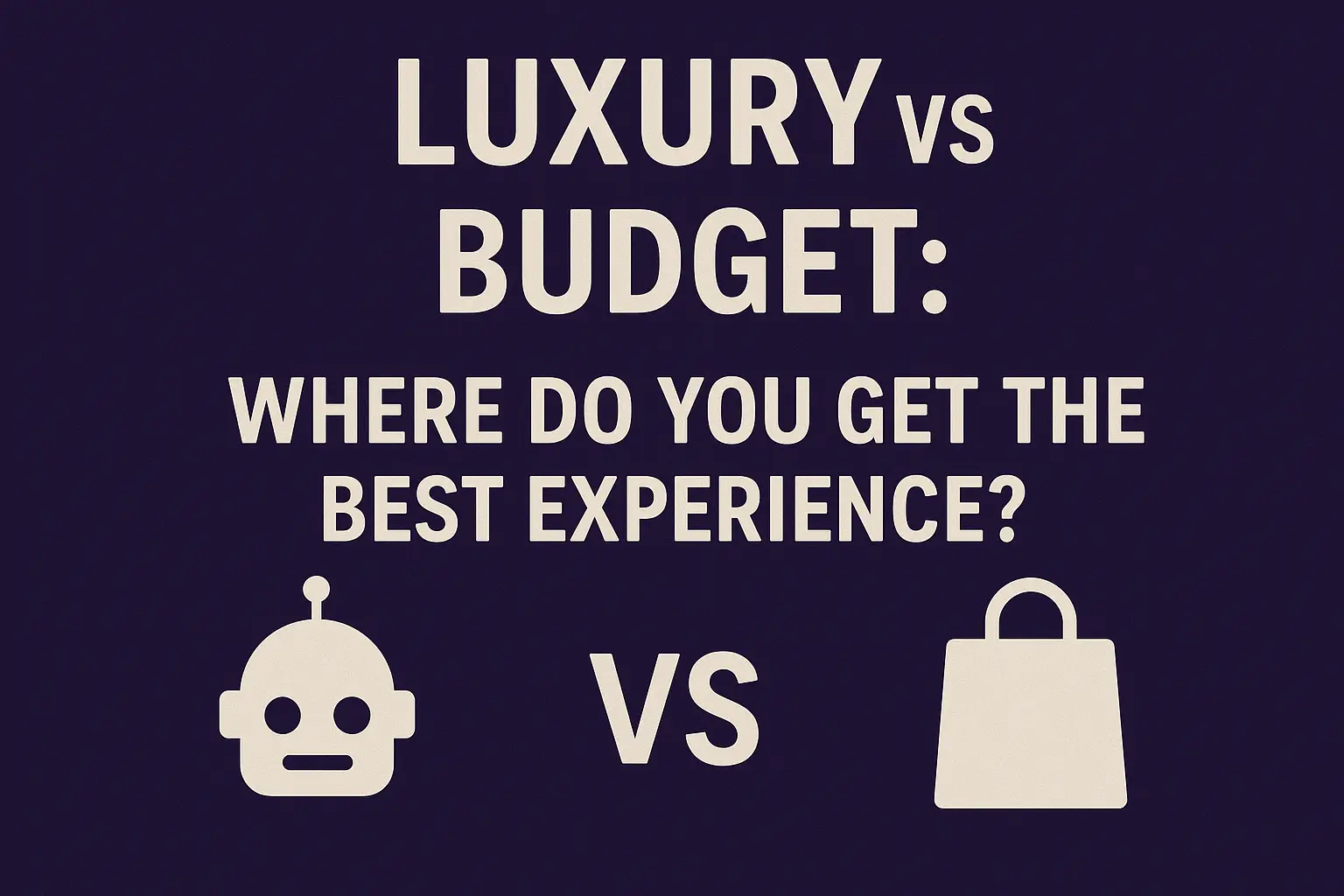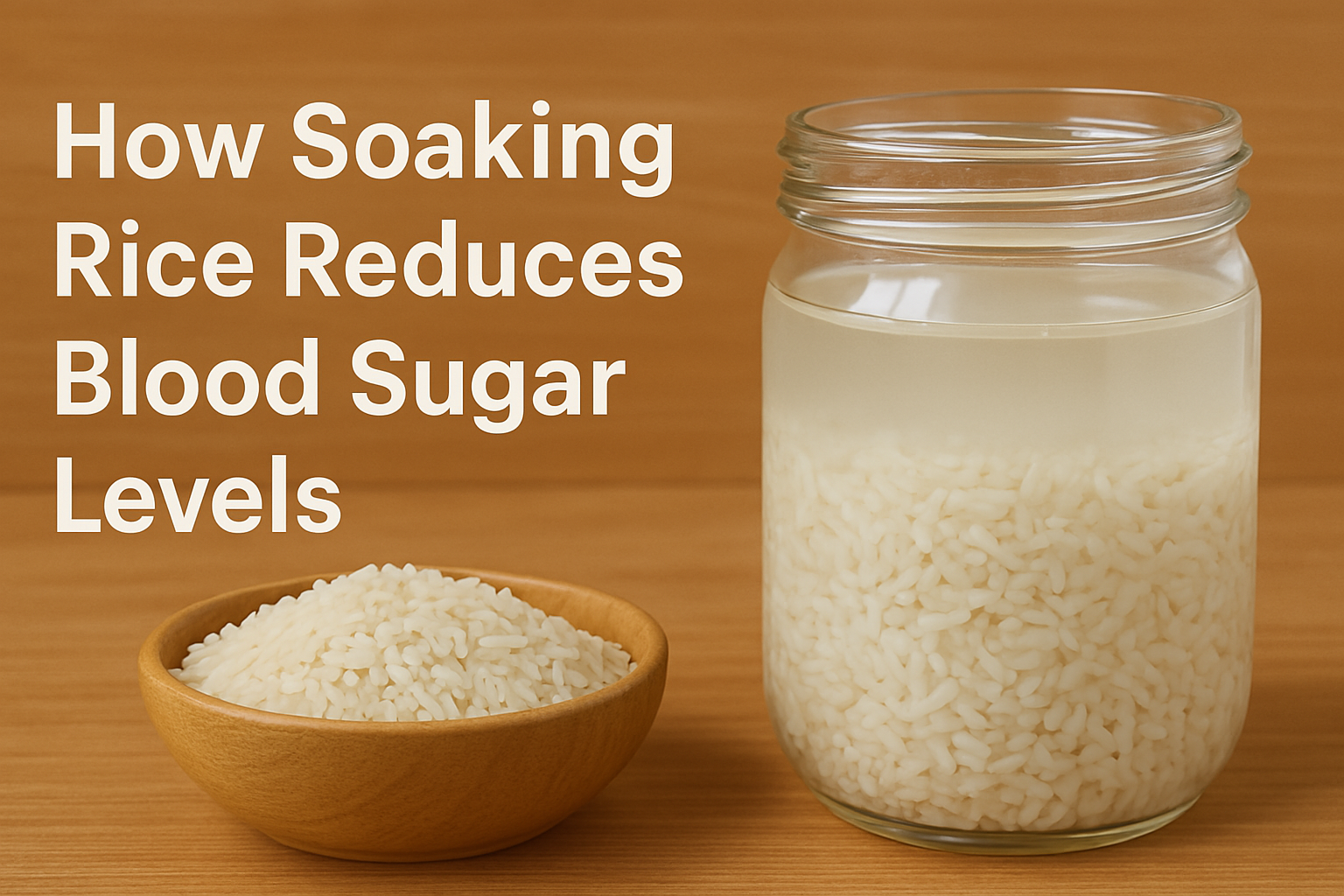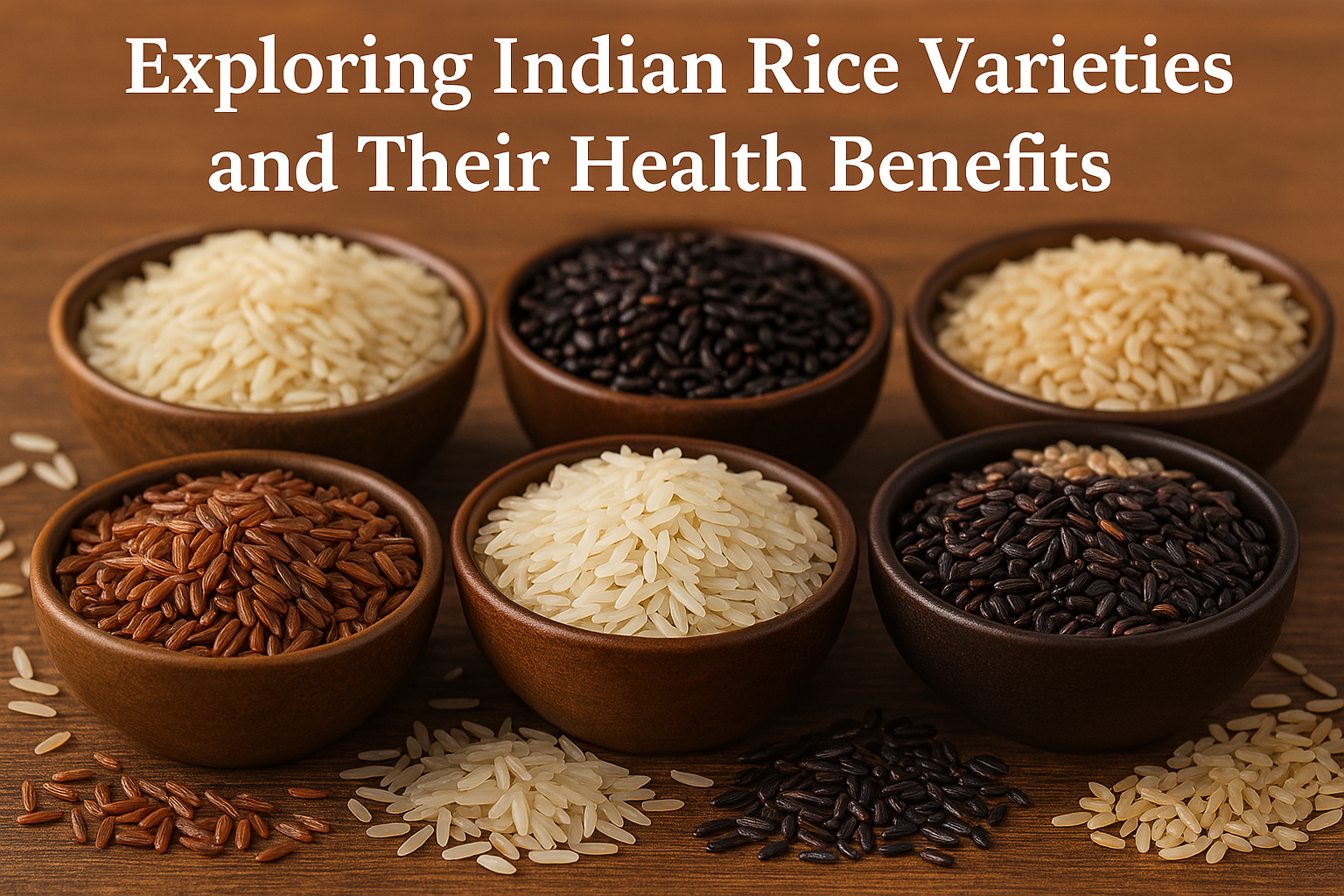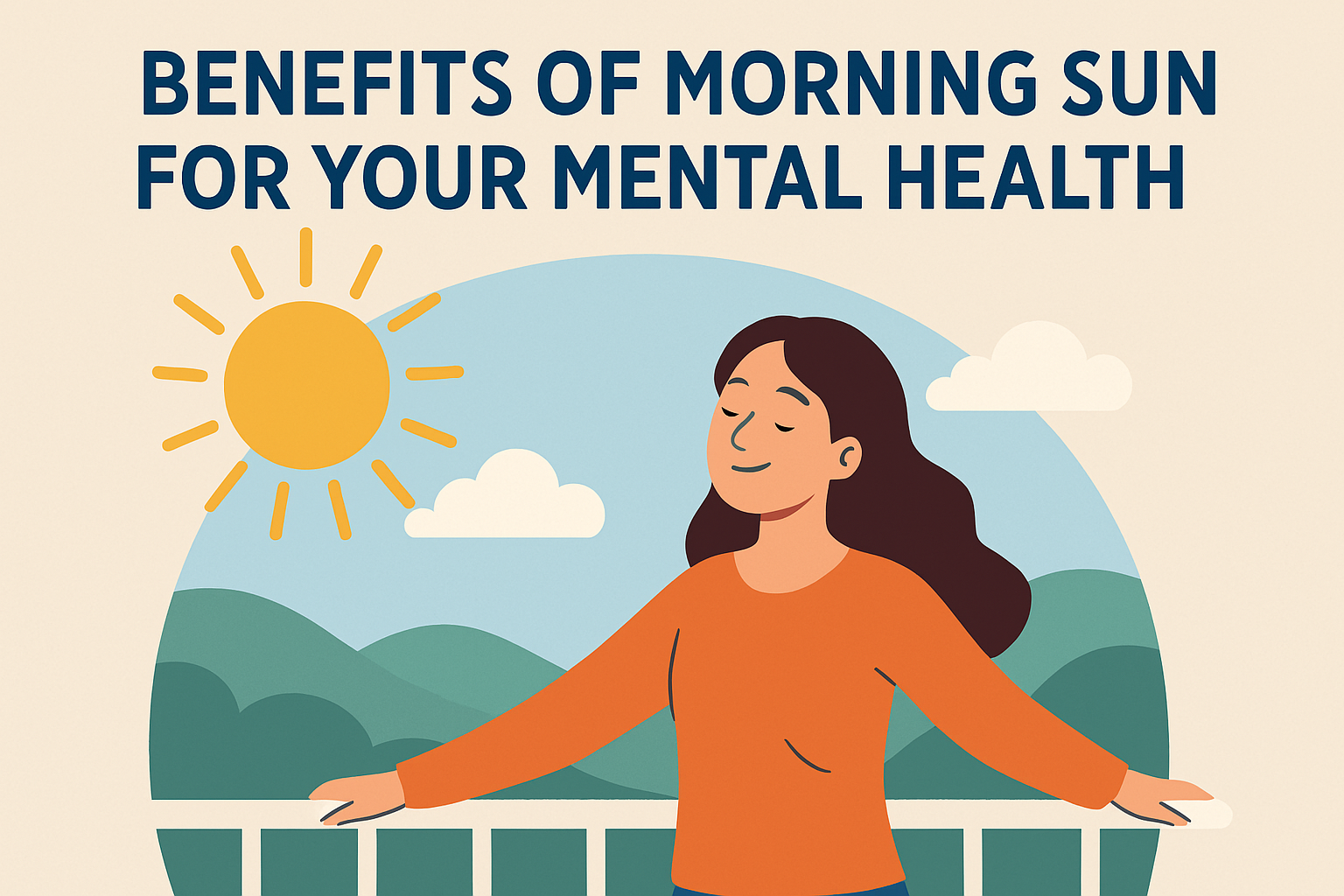According to a report published by the Professional services company, Towers Watson in 2014, Indian employers rank stress as the number one lifestyle risk factor for the workforce. A direct consequence of stress is an increase in the cortisol levels in the body. Often called the ‘stress hormone,’ this hormone is the response of the body during stressful times. Cortisol is the steroid hormone secreted by the adrenal glands. Most of the cells have cortisol receptors. The HPA axis controls cortisol secretion, which is a combination of hypothalamus, pituitary, and adrenal glands.
Is cortisol that bad?
Normal levels of cortisol are required to maintain different functions like regulating blood sugar levels, metabolism, inflammation reduction, and memory formulation. Cortisol also controls the salt and water balance in the body thereby regulating blood pressure; Cortisol also supports the fetal development in women during pregnancy.
When cortisol goes out of whack
High levels of the hormone can cause undistributed weight gain in the face, chest and abdomen with contrasting thin arms and legs. Besides that, it can lead to high blood pressure, osteoporosis, skin changes like bruises and stretch marks that appear purple, weakness in the muscles, mood swings associated with irritability, increased thirst and high frequency of urination. Exposure to high levels of cortisol over long periods of time can cause lack of libido, cause irregular or no periods (amenorrhoea) in women. Some psychiatric conditions like anxiety and depression have a long-standing association with impaired levels of cortisol.
How do I test for Cortisol?
Your doctor might want you to go through cortisol tests that can monitor the levels of the hormone in your body through blood, saliva or urine. Blood tests require you to provide blood samples, twice the same day, one in the morning and another around 4 PM to study how the hormone tapers off in your body. A saliva test measures the level of the hormone in your spit. It takes about a week to assess the level of the hormone in your spit samples, and this test is almost 90% accurate in determining the cortisol levels in your body. Urine test checks for “free cortisol” levels that aren’t bound to a protein like it is in the blood samples and usually requires you to provide urine samples for 24 hours.
Mindful meditation, the missing piece of the puzzle!
A study by Turakitwanakan W1, Mekseepralard C, Busarakumtragul P. (Published in J Med Assoc Thai. 2013), on a sample group of 30 second-year medical students suggested that Mindfulness meditation lowers the cortisol levels in the blood. Further suggesting that the practice can reduce stress and may decrease the risk of diseases that arise from stress such as psychiatric disorder, peptic ulcer and migraine.
The researchers concluded that mindfulness meditation should be used in combination with the standard treatment administered to manage the hormone.
What is mindful meditation?
Mindfulness is the practice by which you bring your attention to the present moment and your experiences in the present. Taking roots from a Pali term Sati that translates to “mindfulness”, it forms the basic tenets of Buddhist practice. Meditation techniques that help you to practice mindfulness are known as ‘mindful meditation’. The method simply helps us to slow down the reactions to our surroundings by focussing on the present situation to break our conditioned responses.
A simple 3-step-3-minute method
You will need: A quiet place to sit and 3 minutes.
1) Close your eyes, relax and sit in a comfortable position.
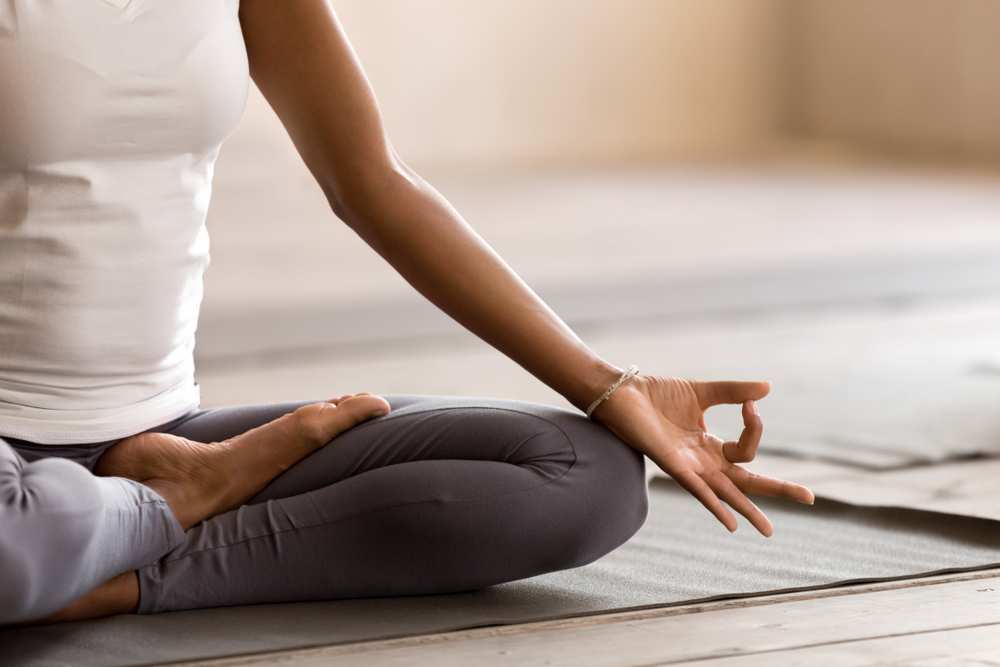
2) Focus on the present moment; you will have many thoughts that divert you but gently bring your attention back to the present.
3) To help you as an aid, focus on your breath whenever you want to pay your attention to the present.
Once you get used to this practice, you can extend it to 15 minutes a day. Practising mindful meditation for 15 minutes a day helps you see changes in your blood pressure levels, stress levels, weight, while helping you with better focus and increased productivity.


